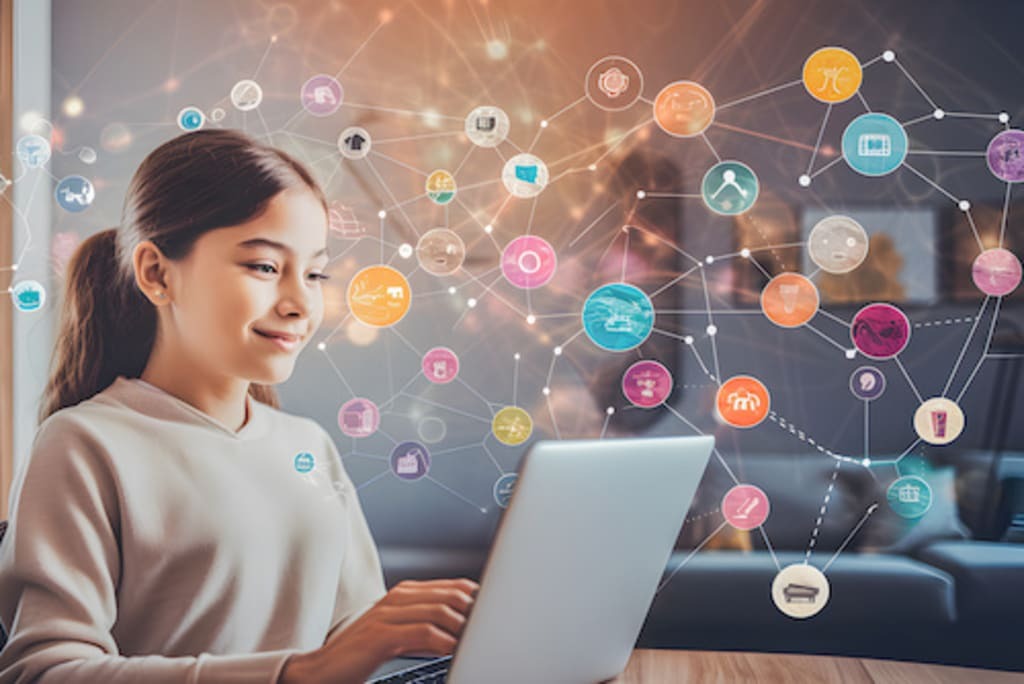The concept of personalized learning has been an educational ideal for generations, but implementing it at scale has remained elusive until recently. Today, advancements in education technology, particularly artificial intelligence, are making this long-held dream a practical reality. Modern AI Homework Helper platforms exemplify this transformation, offering individualized learning experiences that adapt to each student’s unique needs, pace, and learning style.
The Limitations of Traditional Education
Traditional educational models were designed for the industrial age, when standardization was prioritized over individualization. Students moved through the curriculum at a predetermined pace, regardless of their individual mastery or struggles with specific concepts. This one-size-fits-all approach inevitably left some students behind while others remained unchallenged.
Even the most dedicated teachers face practical limitations in how much they can personalize instruction when managing classrooms of 20-30 students with diverse needs. Despite best intentions, the conventional educational structure makes truly individualized attention difficult to achieve consistently.
AI-Driven Personalization: Beyond Simple Adaptivity
Early adaptive learning systems represented initial steps toward personalization, typically following basic if-then logic paths. Today’s AI-powered platforms employ sophisticated algorithms that create dynamic learning pathways based on continuous assessment of student performance, learning patterns, and engagement data.
These systems can identify not just what a student knows or doesn’t know, but how they learn most effectively. Does a particular student benefit from visual representations? Do they grasp concepts better through practical examples or abstract explanations? AI can identify these preferences through pattern recognition and adjust content delivery accordingly.
The Science Behind Effective Personalization
Effective personalization isn’t just about adjusting content; it’s grounded in cognitive science and learning theory. AI homework helpers leverage insights from these fields to optimize the learning experience. They can identify the optimal challenge level—difficult enough to promote growth but not so challenging as to cause frustration and disengagement.
These systems also apply principles like spaced repetition, ensuring that concepts are reviewed at scientifically determined intervals to maximize long-term retention. By tracking individual student progress across multiple dimensions, AI can create a comprehensive model of each learner’s knowledge state and learning trajectory.
Real-Time Adaptivity and Feedback
One of the most powerful aspects of AI-driven personalization is the ability to provide real-time adaptivity. Unlike traditional homework assignments that are reviewed days later, AI systems can immediately assess a student’s work and adjust subsequent content based on their performance.
If a student demonstrates mastery of a concept, the system might introduce more advanced material or related concepts. If they struggle, the AI might provide additional explanations, simpler examples, or alternative approaches to the same concept. This immediate responsiveness creates a tightly coupled feedback loop that accelerates learning.
Motivation and Engagement Through Personalization
Student motivation and engagement represent persistent challenges in education. AI platforms address these issues by tailoring content to not just students’ academic needs but also their interests and preferences. By connecting abstract concepts to topics that resonate with individual students, these systems make learning more relevant and engaging.
Additionally, well-designed AI homework helpers incorporate elements of gamification that are calibrated to individual students. Some learners might respond to achievement badges, while others are motivated by progress visualizations or narrative elements. The ability to personalize these motivational features represents a significant advancement over one-size-fits-all approaches.
Supporting Diverse Learning Needs
Perhaps the most transformative potential of AI-powered personalization lies in supporting students with diverse learning needs. For students with specific learning disabilities, AI systems can provide accommodations and modifications automatically, without requiring special intervention or stigmatizing identification.
For advanced learners, these platforms can offer enrichment and acceleration opportunities that might not be available in standard classroom settings. This built-in differentiation helps ensure that all students are appropriately challenged and supported, regardless of where they fall on the learning spectrum.
The Teacher’s Evolving Role
As AI takes on more of the burden of content delivery and basic assessment, teachers’ roles are evolving in exciting ways. Rather than spending time on routine tasks like grading multiple-choice assessments or delivering standard explanations repeatedly, educators can focus on higher-value activities like building relationships, facilitating discussions, and providing guidance on complex projects.
AI systems provide teachers with detailed insights about student progress and challenges, allowing for more targeted and effective human intervention. This partnership between artificial and human intelligence leverages the strengths of both: AI’s tireless consistency and data processing capabilities combined with teachers’ empathy, creativity, and complex judgment.
Data Privacy and Ethical Considerations
The personalization capabilities of AI homework helpers rely on collecting and analyzing substantial data about student performance and behavior. This raises important questions about data privacy, security, and appropriate use. Educational institutions and technology providers must establish clear policies and robust safeguards to protect student information.
Transparency is equally important. Students, parents, and educators should understand what data is being collected, how it’s being used, and what algorithmic decisions are being made. The best AI systems provide clear explanations of their recommendations and allow for human oversight and intervention when necessary.
The Future of Personalized Learning
As AI technology continues to advance, we can expect even more sophisticated personalization capabilities. Future systems might incorporate biometric data to identify optimal learning times based on attention patterns, or use advanced natural language processing to analyze not just the correctness of student responses but the depth of understanding they reflect.
Virtual and augmented reality technologies will enable more immersive personalized learning experiences, allowing students to engage with concepts in three-dimensional space based on their individual learning needs. These technologies will make abstract concepts more tangible and accessible for all types of learners.
In conclusion, AI-driven personalization represents a fundamental shift in our approach to education. By tailoring learning experiences to individual students’ needs, preferences, and pace, these technologies help realize the long-held educational ideal of truly personalized instruction. As these systems become more sophisticated and widespread, they offer the potential to transform education from a standardized process to one that honors and supports the unique learning journey of each student.
